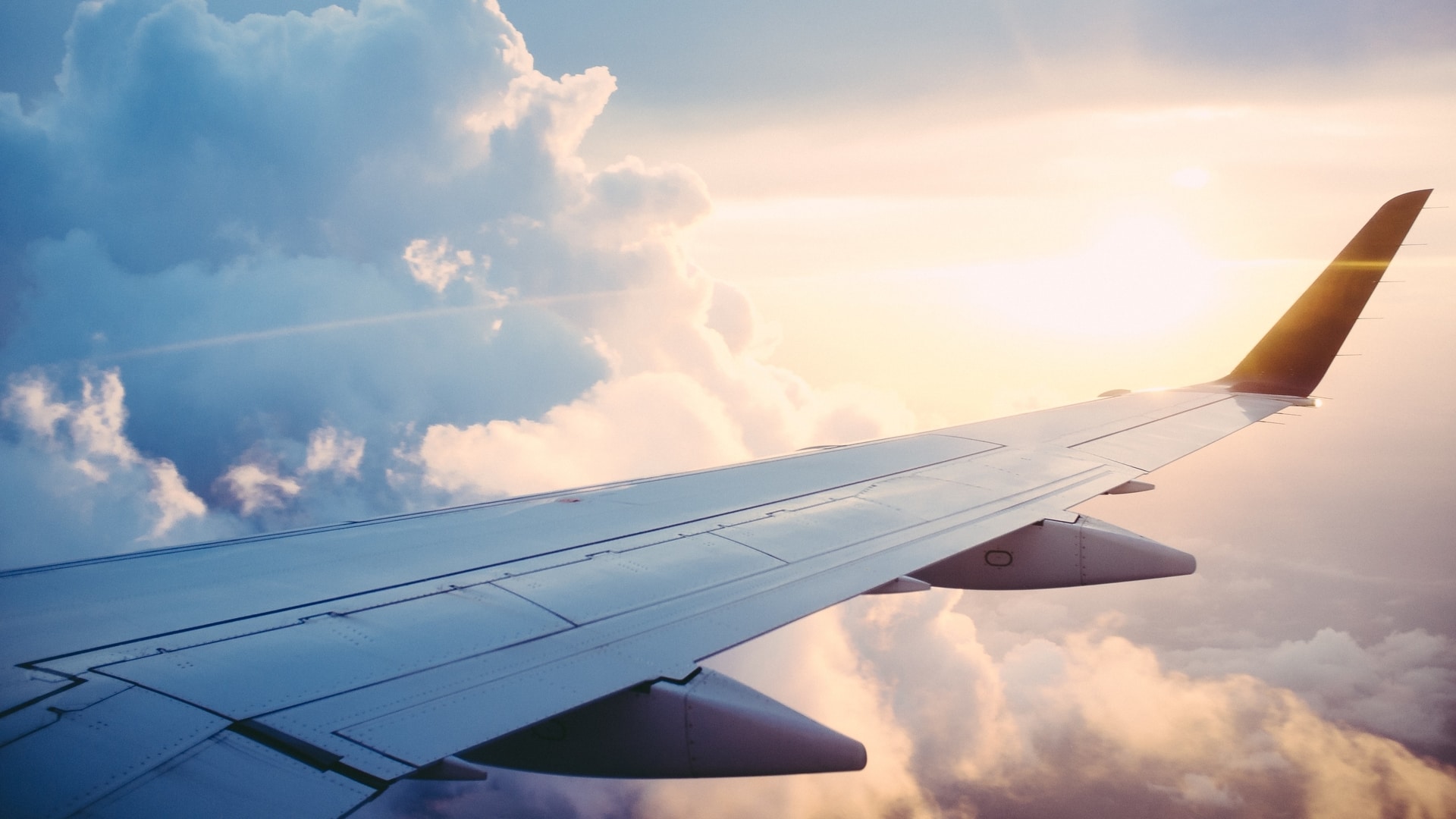
How soon will we see electric 747s humming quietly through the skies? This new Japanese battery might hold the key…
How much do you know about energy density specifications for re-chargeable lithium-ion batteries? Maybe a better question: how much do you want to know?
Well, researchers in Japan have just announced a battery that (allegedly) breaks the mythical 500 watt-hours-per-kilogram (Wh/kg) barrier. That’s basically how much juice you get in relation to battery weight.
This is a big deal, because 500Wh/kg is the threshold beyond which engineers believe that electric passenger planes become viable, ushering in a low-carbon world of flight. In other words, this could be a game-changer.
RELATED: After the pandemic, how can we decolonize our travels?
The new battery is being developed by Japan’s National Institute for Materials Science (NIMS), with financial backing from big conglomerate, SoftBank. And the latest tests are definitely promising. The battery holds up well under repeated charges, and has roughly double the energy density of a Tesla 3 sedan.
“If you want all-electric flight over a large distance, the current lithium-ion batteries aren’t going to do it.”
Patrick Wheeler, Institute of Aerospace Technology, in Forbes.
There are two broad ways the airline industry is trying to decarbonize. The first is Sustainable Aviation Fuel (SAF), which we’ve talked about before. It’s often made from waste cooking oil, and there are big hopes it’ll overtake conventional fossil fuels in the near future, pending regulator approval and some technical kinks.
The other angle is batteries and electric flight. The problem is, most lithium-ion batteries don’t produce enough energy for their weight—at least not enough to power a jumbo jet—and weight is obviously crucial when you’re cruising at 31,000 feet. That’s what makes NIMS’ discovery so exciting.
“The figures they’re talking about are interesting because they’re at that pinch point where it will become feasible to have a medium distance electric flight—that’s a bit of a holy grail,” says Patrick Wheeler, global director of the Institute of Aerospace Technology, in Forbes.
“If you want all-electric flight over a large distance, the current lithium-ion batteries aren’t going to do it, because they become too big and too heavy.”
RELATED: The Glasgow Declaration explained: Climate action for tourism finally takes the spotlight
Batteries on planes run into other practical difficulties. You can’t just plug your Airbus A380 into a wall socket at the gate—electric passenger planes will require charging infrastructure, new airport designs, crew training, and proven renewables to provide the low-carbon juice. Then there are the legislative hurdles: the US Aviation Authority, for example, hasn’t established any clear rules yet for electric aircraft. It might take a while for governments to catch up.
All of which means it’ll be a few years before you see electric planes humming peacefully through the sky. Still, progress is being made. There’s technically one electric passenger plane already up and running—a sci-fi-looking prototype, dubbed Alice—but it’s still in the test phase.
So far, Alice can carry nine people about 800 kilometers at 460 kilometeters per hour… and the batteries make up 65 per cent of the weight of the plane. Ouch. Still, this is how change happens. Slowly, slowly, then all at once. Lithium batteries are definitely the future of air travel. We’ll just have to be patient while scientists crunch the numbers.







